How To Stop Poaching: 9 Ways To Protect Wildlife From Trafficking
- July 30, 2024
- 0 comment
Stop Poaching and wildlife trafficking are among the most significant threats to global biodiversity. The illegal killing and trading of wildlife not only endangers the survival of many species but also disrupts ecosystems, impacts local economies, and contributes to the spread of disease. As the global demand for animal products continues to rise, the urgency to protect wildlife and curb trafficking has never been more pressing. Here are nine actionable strategies that can help stop poaching and safeguard our planet’s precious wildlife.

Understanding Poaching and Wildlife Trafficking
Before delving into solutions, it’s important to understand what poaching and wildlife trafficking entail. Poaching refers to the illegal hunting, capturing, or killing of animals. This often occurs in areas where hunting is restricted or protected. Wildlife trafficking, on the other hand, is the illegal trade of animals and their products. This multi-billion-dollar industry is driven by high demand for exotic pets, traditional medicine ingredients, and luxury items made from animal parts.
1. Strengthening and Enforcing Wildlife Protection Laws
One of the most effective ways to combat poaching is by strengthening and enforcing wildlife protection laws. This involves:

- Legislation: Governments must develop comprehensive laws that clearly define and penalize poaching and trafficking activities. This includes imposing heavy fines and long prison sentences for offenders.
- Implementation: Effective law enforcement agencies are essential. Training and equipping rangers, border patrols, and customs officials can help ensure that laws are enforced consistently.
- International Cooperation: Wildlife trafficking is a global issue that requires international collaboration. Treaties like the Convention on International Trade in Endangered Species of Wild Fauna and Flora (CITES) facilitate cooperation between countries to regulate and monitor the trade of endangered species.
Case Study: Operation Thunderbird
Operation Thunderbird, an international operation coordinated by INTERPOL and the World Customs Organization, successfully targeted wildlife trafficking networks across 43 countries. The operation resulted in numerous arrests and the seizure of thousands of illegal wildlife products, highlighting the importance of international collaboration in tackling wildlife crime.
2. Supporting Community-Based Conservation Initiatives
Engaging local communities in conservation efforts is crucial for sustainable wildlife protection. Community-based conservation involves:

- Education and Awareness: Educating communities about the ecological and economic benefits of wildlife conservation fosters a sense of stewardship and responsibility.
- Alternative Livelihoods: Providing alternative income sources, such as ecotourism or sustainable agriculture, reduces dependence on poaching for livelihood.
- Empowerment: Involving local communities in decision-making processes and giving them ownership of conservation projects ensures long-term success.
Example: The CAMPFIRE Program
The Communal Areas Management Programmed for Indigenous Resources (CAMPFIRE) in Zimbabwe empowers communities to manage wildlife resources. By allowing local people to benefit directly from ecotourism and sustainable hunting, CAMPFIRE has successfully reduced poaching and increased community support for conservation.
3. Enhancing Anti-Poaching Technologies
Advancements in technology have significantly improved the ability to monitor and protect wildlife. Key technologies include:
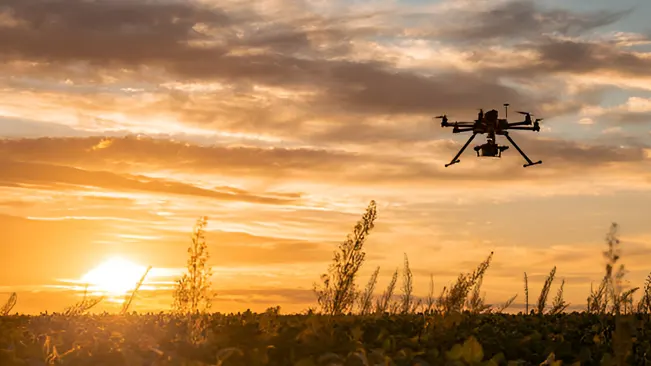
- Drones: Unmanned aerial vehicles (UAVs) equipped with cameras and thermal imaging sensors can monitor vast areas and detect poaching activities in real-time.
- Camera Traps: These automated cameras capture images of wildlife and poachers, providing valuable data for conservationists and law enforcement.
- Satellite Tracking: GPS collars and satellite tracking devices are used to monitor the movements of endangered animals, alerting rangers to potential threats.
Innovation in Action: SMART Technology
The Spatial Monitoring and Reporting Tool (SMART) is a software application used by conservationists to collect and analyze data on poaching activities. By integrating data from GPS devices, camera traps, and ranger patrols, SMART enables more effective management and protection of wildlife areas.
4. Raising Public Awareness and Advocacy
Public awareness and advocacy are vital components of the fight against wildlife trafficking. This can be achieved through:

- Campaigns: Social media, documentaries, and public service announcements can raise awareness about the impacts of poaching and the importance of wildlife conservation.
- Celebrity Endorsements: Influential figures can amplify messages and engage broader audiences in conservation efforts.
- Education Programs: Schools and universities can incorporate wildlife conservation into their curricula, fostering a new generation of informed and passionate advocates.
Impact of Global Campaigns
The “Wild for Life” campaign, launched by the United Nations Environment Programme, encourages people to make commitments to reduce their impact on wildlife. By highlighting iconic species and personal stories, the campaign has successfully raised awareness and inspired action worldwide.
5. Reducing Demand for Illegal Wildlife Products
Demand reduction is a crucial strategy in curbing wildlife trafficking. This involves:
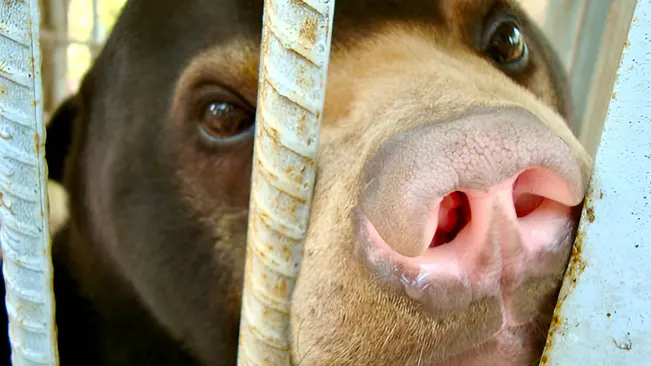
- Consumer Education: Educating consumers about the origins and impacts of wildlife products can discourage them from purchasing illegal items.
- Certification Programs: Encouraging the use of sustainably sourced wildlife products, such as certified palm oil or ethically harvested seafood, can reduce demand for illegal alternatives.
- Cultural Change: Promoting cultural shifts away from traditional uses of wildlife products, such as in medicine or fashion, can decrease demand over time.
Success Story: Shark Fin Ban
Campaigns to reduce the demand for shark fin soup in China and other Asian countries have led to a significant decline in shark fin consumption. This success demonstrates the power of consumer education and cultural change in reducing demand for wildlife products.
6. Collaborating with Indigenous and Local Communities
Indigenous and local communities possess invaluable knowledge and expertise in wildlife conservation. Collaborating with these communities involves:
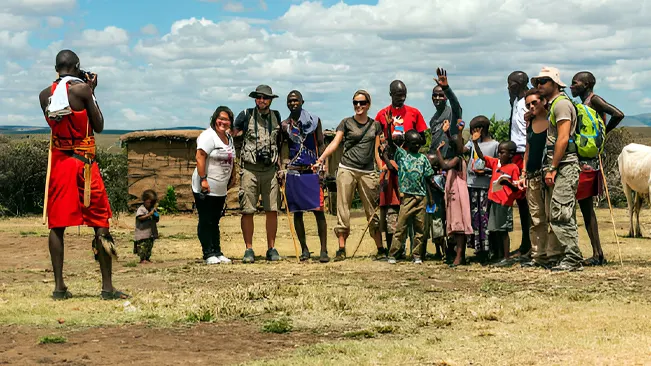
- Respecting Traditional Knowledge: Integrating indigenous knowledge and practices into conservation efforts can enhance the effectiveness of protection strategies.
- Cultural Sensitivity: Understanding and respecting the cultural significance of wildlife to indigenous communities is essential for successful collaboration.
- Benefit Sharing: Ensuring that indigenous communities benefit from conservation initiatives fosters goodwill and cooperation.
Example: The Ya’axché Conservation Trust
The Ya’axché Conservation Trust in Belize works closely with indigenous communities to protect the Maya Golden Landscape. By incorporating traditional knowledge into conservation strategies and providing economic benefits through sustainable development, the trust has successfully reduced poaching and increased community support for conservation.
7. Supporting Research and Data Collection
Research and data collection are critical for understanding the dynamics of wildlife trafficking and developing effective strategies. This involves:

- Monitoring Wildlife Populations: Regular monitoring of wildlife populations helps identify trends and assess the impact of conservation efforts.
- Studying Trafficking Networks: Research into the structure and operation of wildlife trafficking networks can inform targeted interventions.
- Developing Innovative Solutions: Research and development of new technologies and strategies can enhance the effectiveness of anti-poaching efforts.
Research in Action: The Illegal Wildlife Trade Research Programmed
The Illegal Wildlife Trade Research Programmed, funded by the UK government, supports interdisciplinary research projects aimed at understanding and combating wildlife trafficking. By fostering collaboration between scientists, policymakers, and conservationists, the program contributes to the development of evidence-based solutions.
8. Engaging the Private Sector
The private sector has a vital role to play in the fight against wildlife trafficking. Businesses can contribute by:

- Adopting Ethical Practices: Companies can commit to sustainable sourcing, avoid illegal wildlife products, and promote wildlife-friendly alternatives.
- Corporate Social Responsibility (CSR): Businesses can support conservation initiatives through financial contributions, partnerships, or employee volunteer programs.
- Public-Private Partnerships: Collaborations between governments, NGOs, and businesses can leverage resources and expertise to combat wildlife trafficking.
Example: The Wildlife Trafficking Alliance
The Wildlife Trafficking Alliance is a coalition of companies, NGOs, and government agencies working together to reduce the demand for illegal wildlife products. By raising awareness, promoting ethical business practices, and supporting conservation efforts, the alliance demonstrates the power of public-private partnerships in combating wildlife trafficking.
9. Supporting International Conservation Organizations
International conservation organizations play a crucial role in protecting wildlife and combating trafficking. Supporting these organizations can amplify conservation efforts through:

- Donations: Financial contributions enable organizations to fund anti-poaching initiatives, research, and advocacy campaigns.
- Volunteering: Volunteering with conservation organizations provides valuable manpower and expertise to support their missions.
- Partnerships: Collaborating with international organizations can enhance the effectiveness of local conservation efforts.
The Impact of Poaching on Biodiversity
Poaching severely threatens biodiversity. The loss of key species can lead to ecosystem imbalances, affecting other species and the environment. For example, the decline in elephant populations due to ivory poaching impacts seed dispersal, altering plant communities and affecting other animals that rely on those plants for food.
Socio-Economic Consequences of Wildlife Trafficking Stop Poaching
Wildlife trafficking undermines local economies, particularly in communities that rely on ecotourism. The illegal wildlife trade also fuels corruption, finances criminal networks, and destabilizes regions. Furthermore, the unsustainable extraction of wildlife resources deprives future generations of the natural heritage necessary for their livelihoods.
Impact of Conservation Organizations
Organizations like the World Wildlife Fund (WWF) and the International Union for Conservation of Nature (IUCN) have been instrumental in protecting endangered species and combating wildlife trafficking. Their global reach, expertise, and resources enable them to implement large-scale conservation initiatives and influence policy at international levels.
Conclusion
Stopping poaching and wildlife trafficking requires a multifaceted approach involving governments, communities, businesses, and individuals. By strengthening laws, supporting community-based conservation, utilizing technology, and reducing demand for illegal wildlife products, we can protect endangered species and preserve biodiversity for future generations. Engaging in these efforts ensures the survival of our planet’s wildlife and the health of ecosystems worldwide.
FAQs
- What is the difference between poaching and legal hunting?
Poaching is the illegal hunting or capturing of wildlife, often in violation of conservation laws and regulations. It targets protected species or occurs in restricted areas without permits. In contrast, legal hunting is regulated by law, where hunters obtain necessary permits and follow specific rules to ensure sustainable wildlife management. - Why is wildlife trafficking a global issue?
Wildlife trafficking is a global issue because it involves illegal activities across international borders. It affects biodiversity worldwide, fuels corruption, and supports organized crime networks. The high demand for exotic animals and their products in various countries drives this illegal trade, making international cooperation essential to combat it effectively. - What are the most trafficked animals in the world?
Some of the most trafficked animals include elephants (for ivory), rhinos (for their horns), pangolins (for their scales and meat), tigers (for their skins and body parts), and various species of birds and reptiles sold as exotic pets. These animals are targeted for their perceived value in traditional medicine, luxury goods, and as status symbols. - How does poaching affect local communities?
Poaching negatively impacts local communities by threatening their livelihoods, particularly those dependent on ecotourism. It can lead to a loss of biodiversity, which affects agriculture, fishing, and other natural resources. Additionally, poaching-related violence and corruption can destabilize communities and deter economic development. - What role do conservation organizations play in anti-poaching efforts?
Conservation organizations play a vital role in anti-poaching efforts by conducting research, advocating for policy changes, and implementing on-the-ground conservation projects. They provide financial support, training, and resources to local communities and law enforcement agencies, helping to strengthen wildlife protection and preserve biodiversity. - How can consumers help reduce wildlife trafficking?
Consumers can help reduce wildlife trafficking by avoiding the purchase of products made from endangered species, such as ivory, tiger skins, or traditional medicines containing wildlife parts. Supporting companies and brands that prioritize sustainable sourcing and conservation efforts can also make a significant impact. - What technological advancements are being used to combat poaching?
Technological advancements used to combat poaching include drones for aerial surveillance, GPS tracking devices to monitor animal movements, camera traps for remote observation, and software like SMART (Spatial Monitoring and Reporting Tool) to analyze and manage data from anti-poaching efforts. These technologies enhance the ability of conservationists and law enforcement to protect wildlife effectively. - How does reducing demand for wildlife products help Stop Poaching?
Reducing demand for wildlife products helps stop poaching by decreasing the financial incentives for illegal hunting and trafficking. Consumer awareness campaigns and education initiatives can shift cultural perceptions and behaviors, encouraging people to choose sustainable and ethical alternatives, thereby reducing the market for illicit wildlife goods. - What are some successful examples of community-based conservation initiatives?
Successful examples of community-based conservation initiatives include the CAMPFIRE program in Zimbabwe, which involves local communities in managing and benefiting from wildlife resources, and the Namibian conservancy model, where communities receive direct financial benefits from sustainable tourism and conservation projects. These initiatives have led to reduced poaching and increased support for wildlife protection. - Why is international cooperation essential in stopping wildlife trafficking?
International cooperation is essential because wildlife trafficking is a transnational crime that requires coordinated efforts to address effectively. Countries must collaborate to enforce laws, share intelligence, and prosecute traffickers. International treaties like CITES (Convention on International Trade in Endangered Species of Wild Fauna and Flora) facilitate cooperation and provide a framework for regulating and monitoring the trade of endangered species globally.
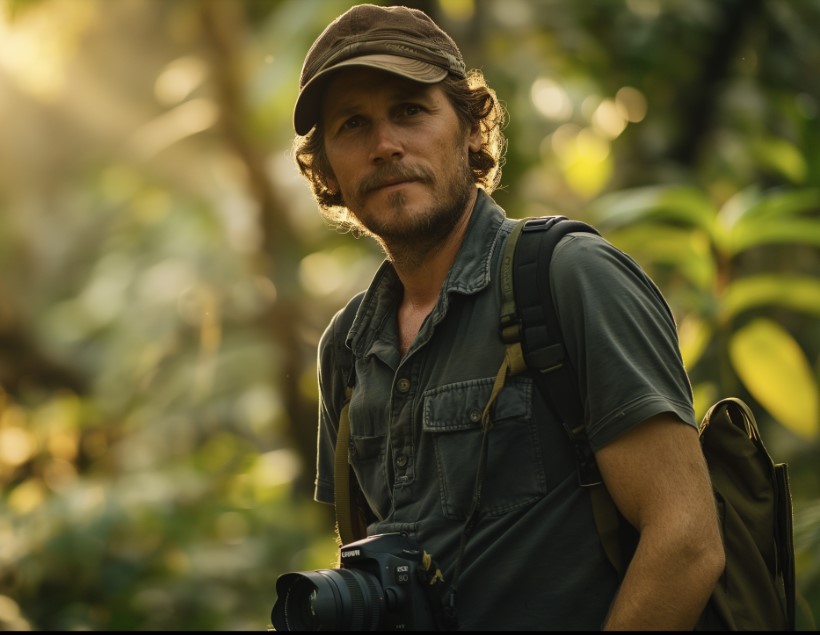
Evan Bennett
Forestry AuthorEvan Bennett brings over a decade of expertise in forestry wildlife management to the forefront, specializing in habitat conservation, biodiversity, and human-wildlife interaction. Evan's work ensures harmonious coexistence between wildlife and human communities through effective and sustainable practices. Continuously engaging in research and workshops, Evan stays at the cutting edge of wildlife management advancements. As a trusted advisor and contributor to leading environmental journals, Evan is dedicated to preserving the natural world for future generations.

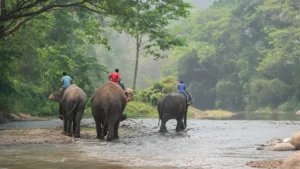
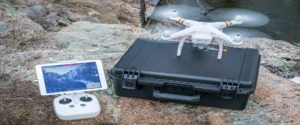
Leave your comment